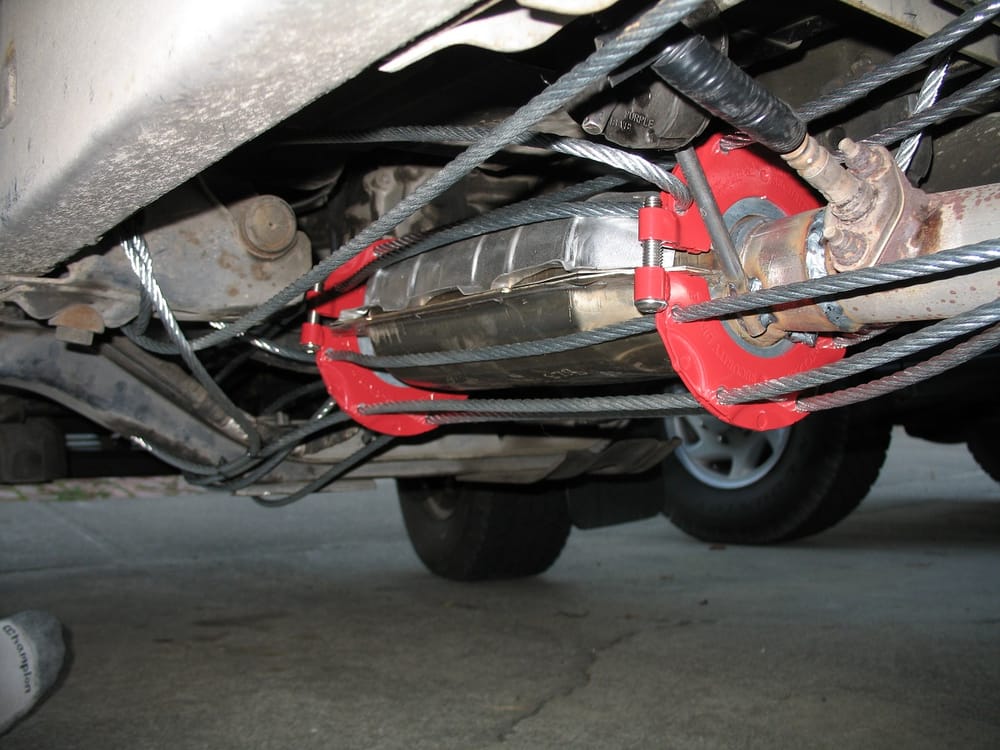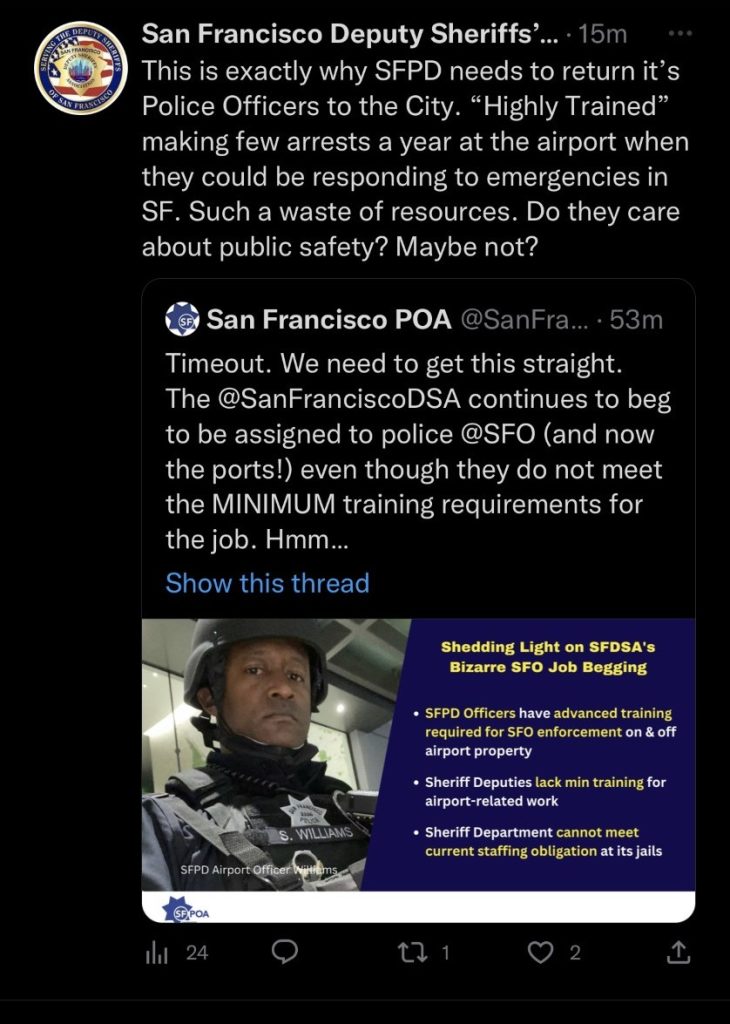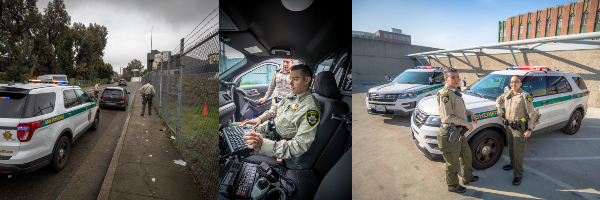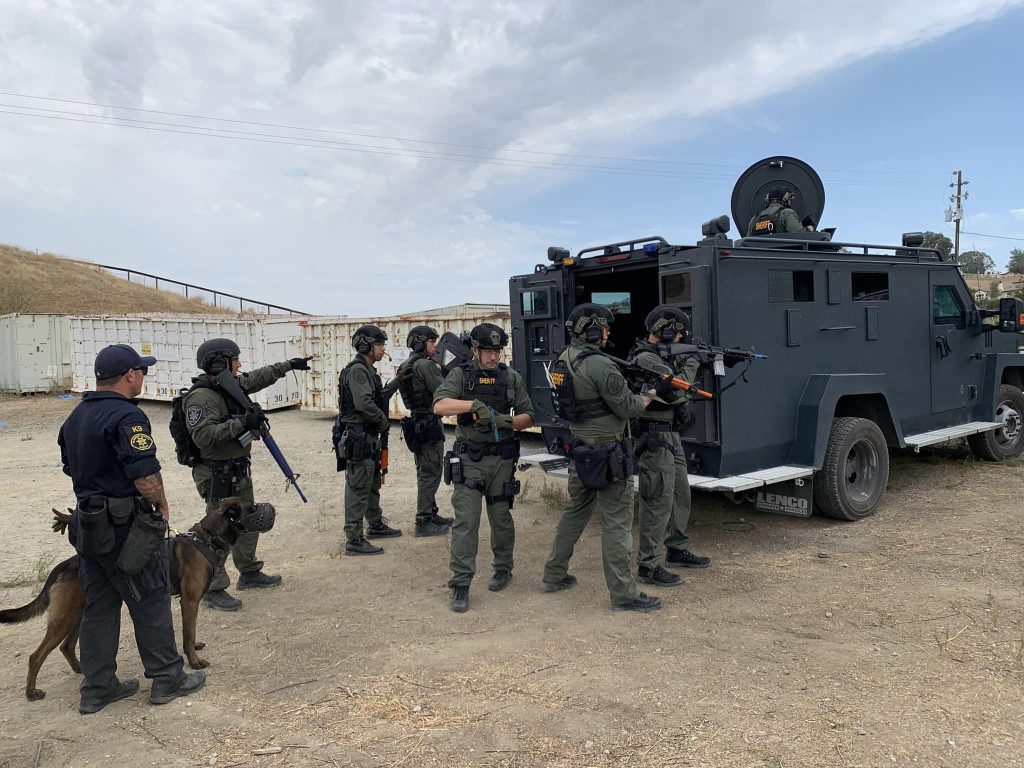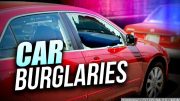Car break-ins are a major problem in San Francisco, with thousands of incidents reported every year. In fact, San Francisco has one of the highest rates of car break-ins in the country. This can be a frustrating and costly experience for car owners. However, there is a solution that can help reduce the risk of break-ins – security window tinting. Make it difficult for the thieves.
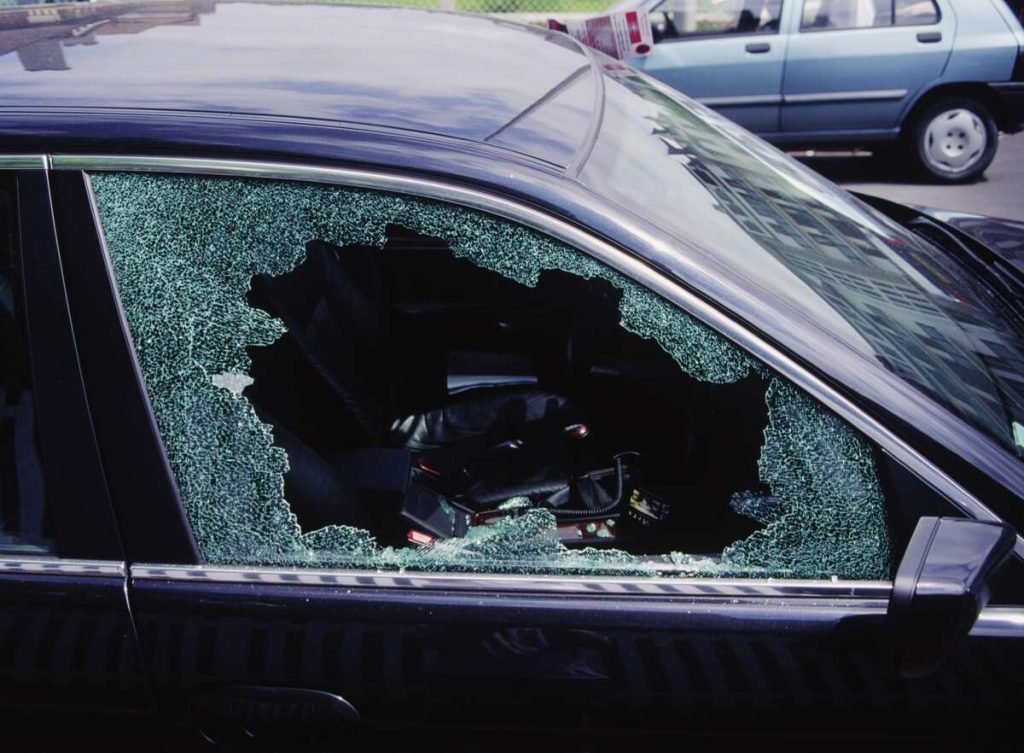
Security window tinting is a type of window film that is designed to make your car’s windows stronger and more difficult to break. It works by adding an extra layer of protection to your car’s windows that makes it much harder for a thief to break in. Here are some of the ways that security window tinting can help reduce break-ins in San Francisco:
- Deterrent Effect
Thieves are often looking for easy targets – cars that they can break into quickly and without being noticed. By adding security window tinting to your car, you are making it more difficult and time-consuming for a thief to break in. This can act as a deterrent, making your car less attractive to potential thieves.
- Reduced Visibility
Security window tinting also reduces the visibility into your car, making it harder for thieves to see what’s inside. This can help prevent smash-and-grab break-ins where a thief breaks a window and quickly grabs whatever they can see. With security window tinting, they are less likely to see anything valuable inside and may move on to an easier target.
- Increased Durability
Security window tinting is made of a strong, multi-layered film that is 4 mil. in thickness and designed to hold your car’s windows together even if they are shattered. This can help prevent a thief from gaining access to your car, and also reduces the risk of injury if the windows are broken during a break-in.
- Heat Reduction
In addition to its security benefits, window tinting can also help reduce the amount of heat that enters your car, making it more comfortable to drive and reducing the need for air conditioning. This can be particularly beneficial in San Francisco’s warm climate.
- UV Protection
Window tinting can also protect your car’s interior from the damaging effects of the sun’s UV rays, which can cause fading and cracking over time. This can help maintain the value of your car and keep it looking newer for longer.
Installing security window tinting on your car is a relatively quick and easy process that can be done by a professional. Once installed, the tinting requires little to no maintenance and can last for many years. It is also a cost-effective solution for reducing the risk of break-ins in San Francisco. Here is an example of security window tint and some locations of installers https://www.3m.com/3M/en_US/p/d/b00016706/
In conclusion, if you want to protect your car from break-ins in San Francisco, security window tinting is a smart investment. It can act as a deterrent, reduce visibility, increase durability, and provide additional benefits such as heat reduction and UV protection. By adding this extra layer of protection to your car’s windows, you can enjoy greater peace of mind and reduce the risk of becoming a victim of car break-ins.

